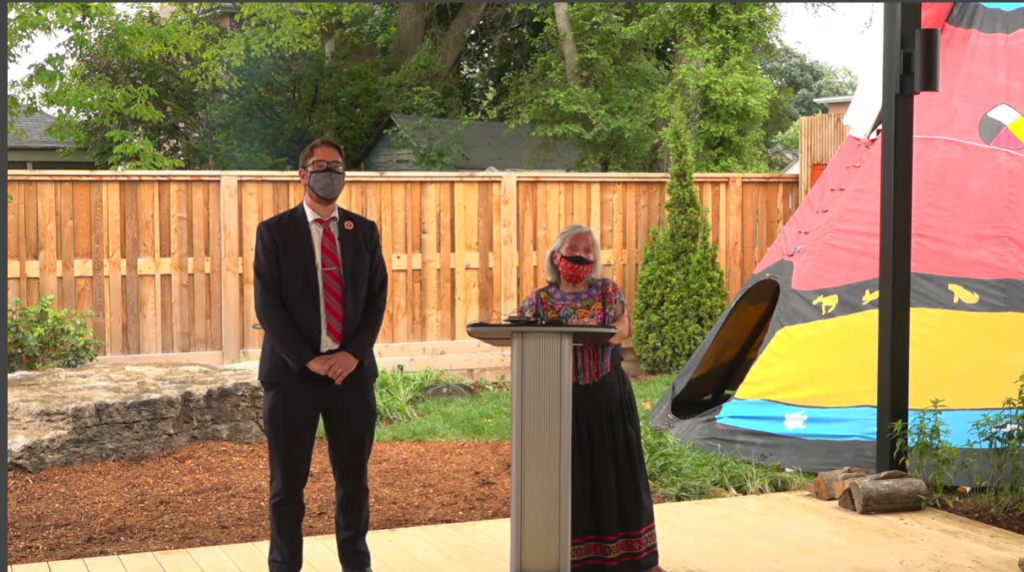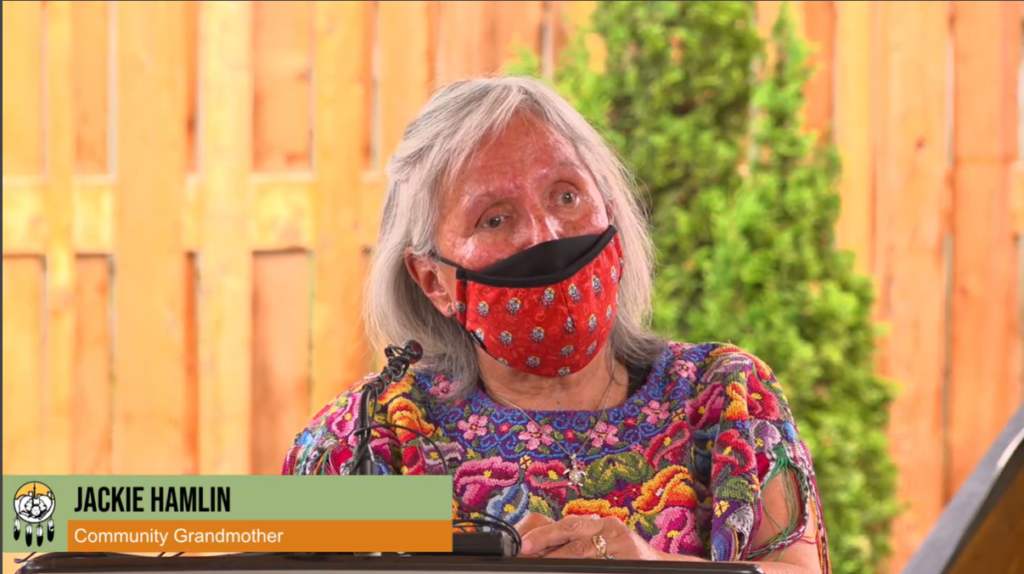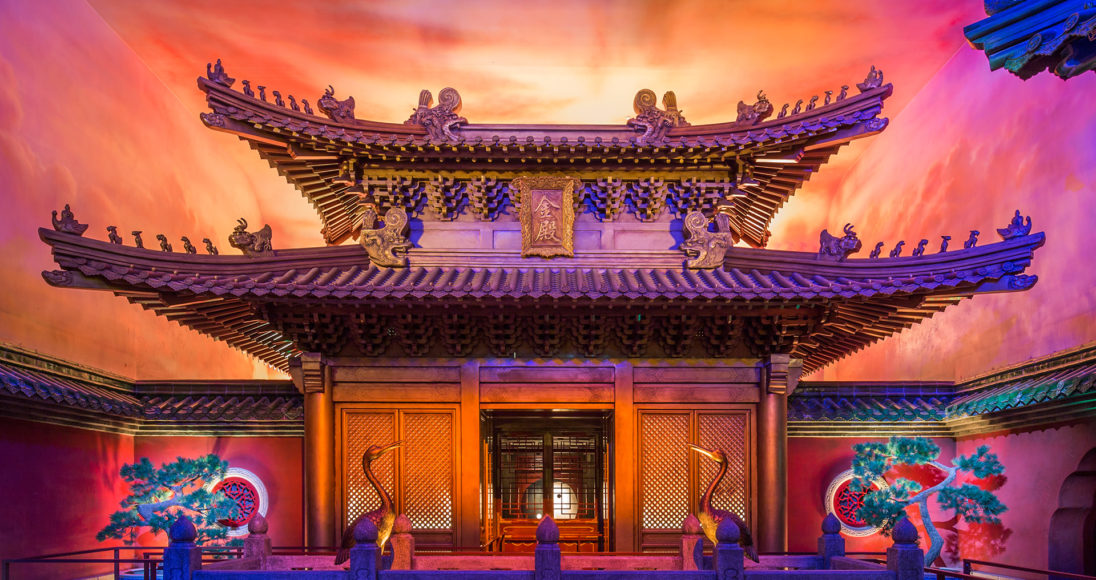Working with Indigenous Communities
Over the past 12 years, I have had the privilege of working on several projects for Indigenous organizations and consultants, but most rewardingly, learning from members, professionals, and Elders from several First Nations. These projects included daycares, community centres, roof gardens, trails, and the design of a memorial garden for a former residential school.
As part of a settler society, which has been so harmful to the land, water, and Indigenous peoples of this continent, I am trying to learn more about Indigenous peoples, treaties, culture, and issues. Canada has a terrible history of colonization and so much work to do in nation-to-nation consultation, reconciliation, and support. I have much to learn but sensitivity training, dialogue, listening, visiting with, and participating in cultural celebrations has helped broaden my knowledge and bring sensitivity to my work. I am currently enrolled in the University of Alberta’s Indigenous Canada course. The Truth and Reconciliation Commission and its Calls to Action are extremely informative for Canadians to become informed.
My concern as a landscape architect is to provide design work that meets our clients’ needs and aspirations, while recognizing that my training is very much based in a European tradition. Most importantly, I am concerned with being careful to not appropriate any Indigenous cultural iconography, images, or forms. It is always preferable for me to collaborate alongside an Indigenous consultant whenever possible on these projects for them to provide guidance and direction.

For example, Indigenous people use plants from their local environment for food, medicine, and ceremony, which is why in all my work, I look to find ways to connect people to nature. As most of us live in urban conditions, we become more and more disconnected from the living things, natural processes, weather, and waters. Whenever possible, I incorporate plants including native species or nativars, which provide a sense of place, ecosystem services, and interest for our senses throughout the season.
Non-living natural elements, materials and forms help to connect us to our environment. This includes stone, soil, aggregates, and wood. Shapes such a circles, spheres and ellipses evoke forms both on our planet and in space. Water, important for all life, is made visible, and directed to the plants where they in turn make use of it and return it to the atmosphere. Time is a critical element of a garden, as plants and materials age, weather, change throughout the day, seasons, and years. Rock and stone connect us to the past with their patterns developed over millennia while plants connect us to the future as they grow and change.
Introducing Native Child and Family Services of Toronto’s (NCFST) New Aboriginal Child and Family Centre

I share all these details as they were integral in our work in creating an outdoor play area for Native Child and Family Services of Toronto’s (NCFST) new Aboriginal Child and Family Centre in Toronto’s Mount Dennis community. A planting palette of species provided by NCFST staff are arranged in raised planters edged by white cedar rounds. One planter is left open as a teaching garden where annual plants may be sown and grown each season. The outdoor room is defined on one side by the building and the other by a woven cedar screen. Three large slabs of limestone (or “grandfathers” as many Indigenous people call them) provide a play feature set in a ground cover of shredded cedar fibers. At the far end of the garden, space is provided for a fire pit and the construction of a sweat lodge. The entrance to the garden is defined by a shade pergola and a bur oak tree.
The new Mount Dennis Aboriginal Child and Family Centre celebrates its grand opening on National Indigenous Peoples Day, June 21, 2021. It has been an incredible honor to have worked with NCFST and we hope you will visit the space to see all the community has to offer.


Read City of Toronto’s Press Release
Client: Native Child and Family Services of Toronto
Landscape Architect: FORREC
Architect: LG-AP Architectural Partners
Construction Manager: Boszko & Verity Inc.



